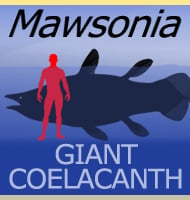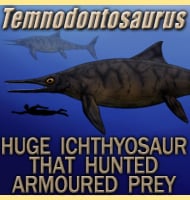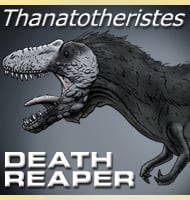In Depth
Yurgovuchia was a small dromaeosaurine theropod that is often described as being ‘coyote sized’. Although Yurgovuchia is only known from very incomplete remains, mapping the known bones to the proportions of related but better preserved dromaeosaurs has yielded a rough estimate of around two and a half meters, though much of this figure would have been tail. As a member of the Dromaeosaurinae sub group of the Dromaeosauridae, Yurgovuchia is thought to be related to other members of this group such as Dromaeosaurus, Achillobator and Utahraptor. Utahraptor in particular seems to have had a close association with Yurgovuchia given that, fossils of both of these genera are known from the same geological area, though Utahraptor was considerably larger than Yurgovuchia.
The type species name is in honour of the geologist Helmut Doelling who is well known for his extensive work mapping Utah as well as discovering the Doelling’s Bowl fossil sites where the Yurgovuchia holotype remains were later discovered by Donald D. DeBlieux in 2005.
Further Reading
– New dromaeosaurids (Dinosauria: Theropoda) from the Lower Cretaceous of Utah, and the evolution of the dromaeosaurid tail. – PLoS ONE 7(5):e36790. – P. Senter, J. I. Kirkland, D. D. DeBlieux, S. Madsen & N. Toth – 2012.










